Alaska Airlines has officially announced the new name of its program, Atmos Rewards that combines Alaska Airlines Mileage Plan and HawaiianMiles.
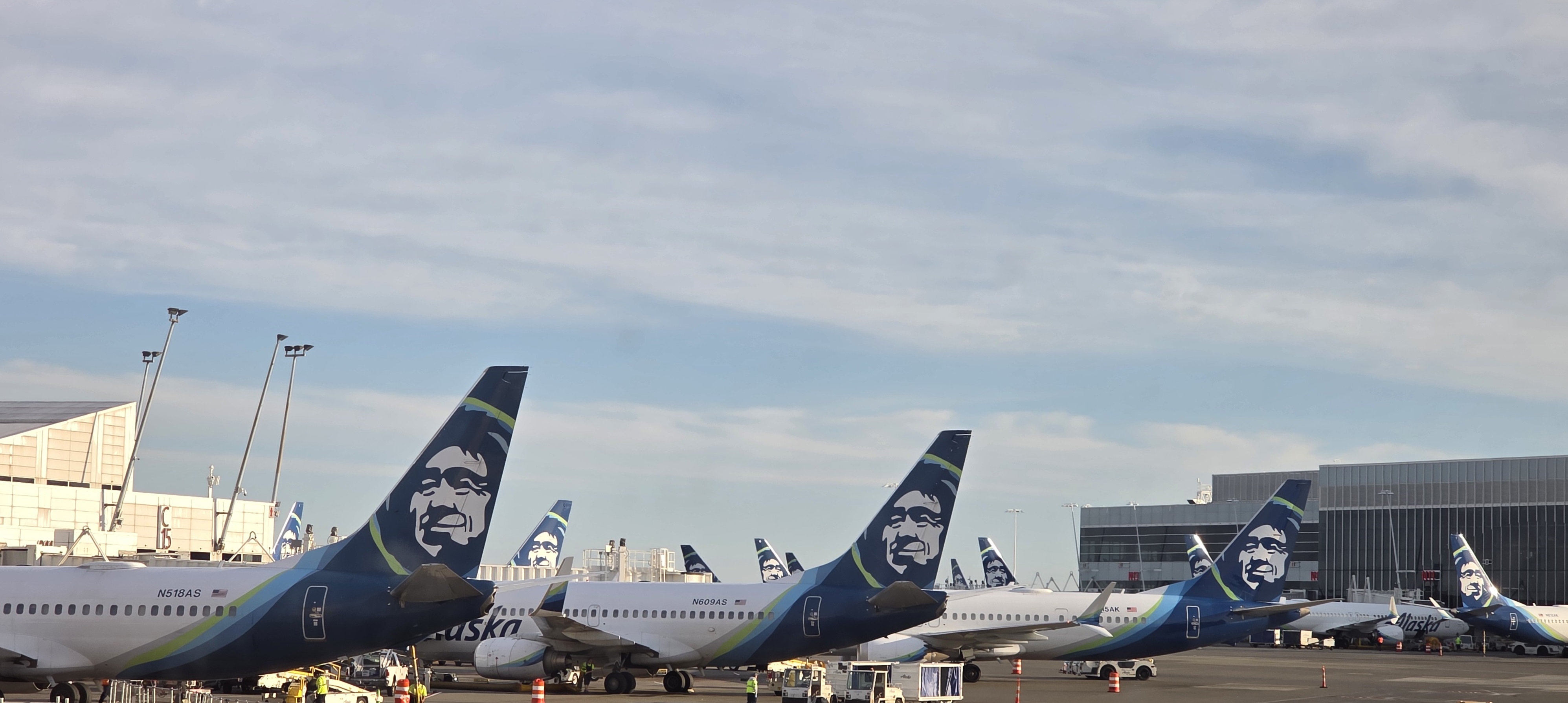
I previously wrote that a name doesn’t matter nearly as much for a brand as the substance of the product. The worst names become great brands when they amaze and delight customers. I can hardly think of a worse product name than ChatGPT but in a couple of short years it’s become one of the most valuable brands in the world.
The new program actually appears to be headed in the right direction with:
- interesting improvements
- and no devaluations
- they’re also introducing their brand new premium credit card, which is pretty innovative (and with a great bonus) as well.
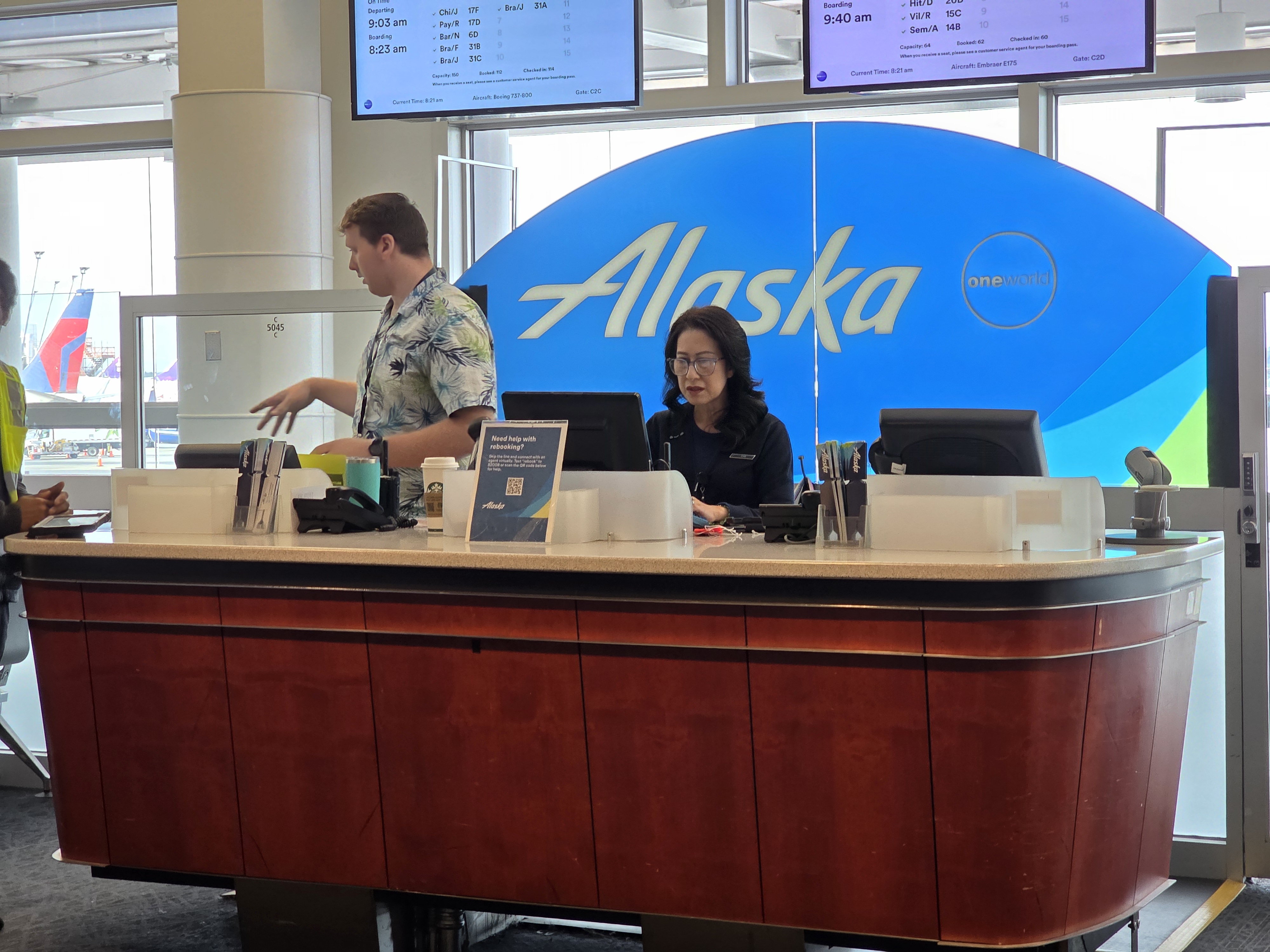
There’s been a lot of speculation over whether Alaska Airlines would move to revenue-based mileage-earning. It’s been the direction of the industry, with Alaska the main holdout. A decade ago they shared that only 5% of customers did better under revenue-based mileage-earning, and 79% did worse. It’s fascinating the direction they’ve chosen: revenue-based earning is simply a choice (albeit the default choice) going forward. Members can ‘choose their own advanture’ from three different points-earning styles starting “later in 2026.” There’s no change to elite bonus earning – the same percentages apply regadless of which choice they make. Members will be able to change their selection once every 12 months (so you’re locked in for 12 months from selection date). Brett Catlin, Alaska’s Vice President of Loyalty, Alliances and Sales, tells me that the split between ‘who benefits’ from each earnings style has shifted over the last decade. That makes sense, if only because of inflation driving nominal fares higher. Catlin reports that 40% of members come out ahead with distance-based; 40%-50% are better off revenue-based; and about 10% of members are advantaged by the segment system. He says no one is excited about the idea of getting rid of distance-based earning. But what’s interesting is that members don’t always make the best choice for themselves. In surveys a majority of people now say they prefer revenue-based earning, while a decade ago the vast majority preferred distance-based. People’s expectations have switched. The thing is that about half of people get wrong which one is best for them – it’s often the people saying they prefer revenue-based who are better off earning based on distance (and vice versa). Members want simple and understandable and they’ve gotten more comfortable with revenue-based earning. So they decided to just give members the choice. I do wonder if the opinion shift continues whether in a few years we’ll see Alaska drop these choices for ‘simplicity’ but Catlin assures that isn’t something they want. He likes that Alaska is giving members a “real choice” and that there’s “more program dispersion” where he thinks a differentiated program can give customers a real choice for what airline to fly. Alaska isn’t just renaming the program Atmos Rewards they’re renaming elite tiers as well. Hawiian had two tiers. Alaska had four. The four get new names. Instead of MVP, MVP Gold, MVP Gold 75K and MVP Gold 100K we get Silver, Gold, Platinum and Titanium. That’s a change in nomenclature, not a change in benefits. Alaska staff in San Diego actually put out their new signage a little early: Top tier Titanium members will receive day of departure upgrades into long haul business class for themselves and a companion – no points or certificate required. Alaska will be the only U.S. airline with this benefit. Additionally, starting in the spring, complimentary upgrades on Hawaiian Airlines flights within North America for the member and one companion becomes a status benefit as well. Alaska now flies from Seattle to Tokyo Naria, and is launching Seoul in a few weeks. They’ve announced Rome, London Heathrow and Reykjavik as well (that last with a Boeing 737). They expect to operate as many as 17 Boeing 787s from Seattle to 12 long haul destinations within 5 years. Catlin shared complimentary space available global upgrades could be a real differentiator for them with corporate customers whose travel requires purchase of coach. Famously, Seattle-based Amazon is coach-only. The head of visual effects for Amazon Studios was fired for charging an upgrade to premium economy to his company credit card for a flight to New Zealand. I note that the one group likely not to appreciate this new benefit will be nonrevs – employes accustomed to a few seats not selling for long haul business class. However, Alaska’s employees have never had flights on their own airline to long hual destinations to get used to this so lose very little versus if this were done at competitors. Alaska Airlines will stop calling their currency “miles” and instead talk about “points.” (Similarly, they offer status points instead of status miles.) I don’t think this distinction matters as much as they think that it matters.

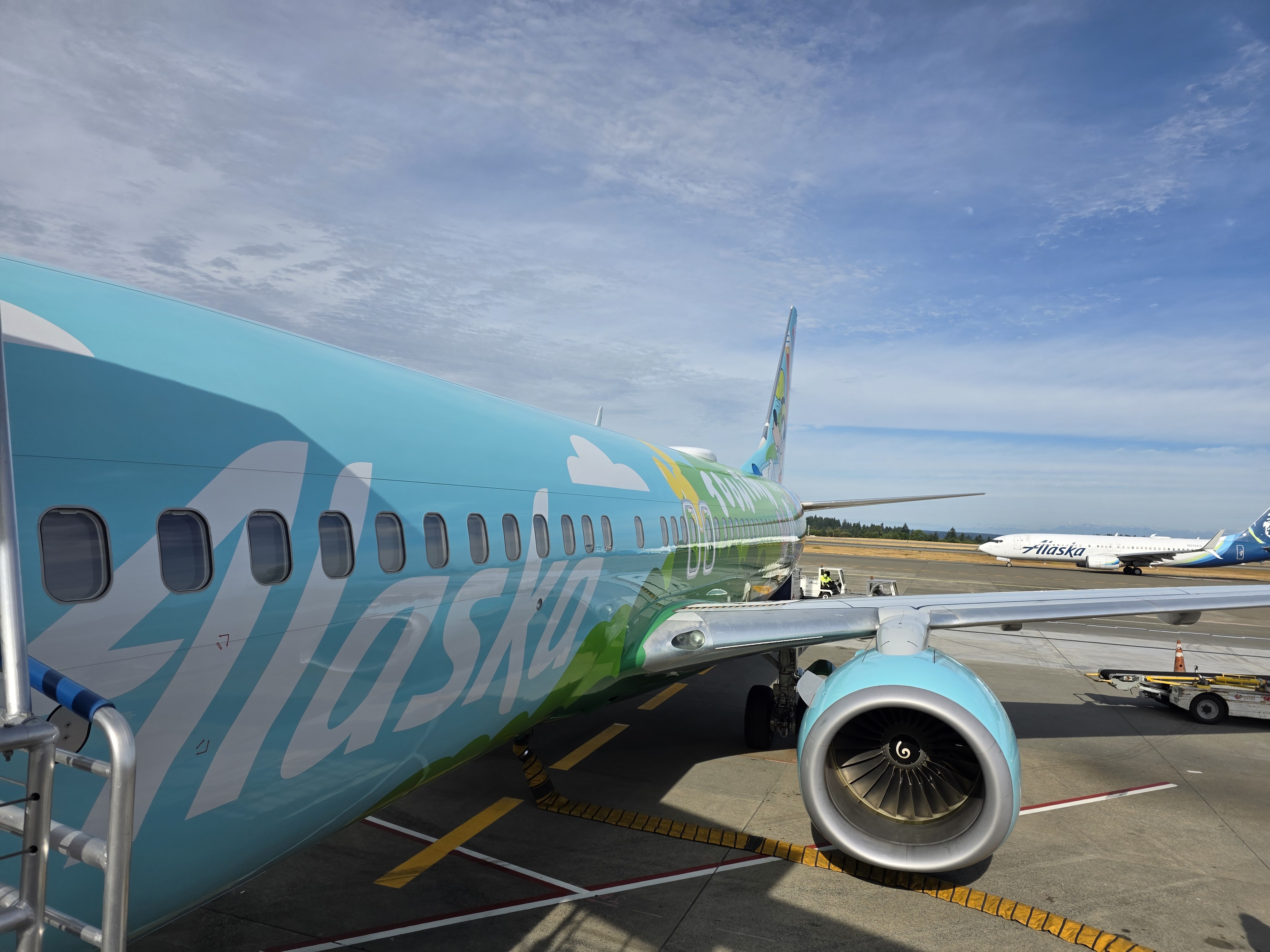
New Elite Tiers

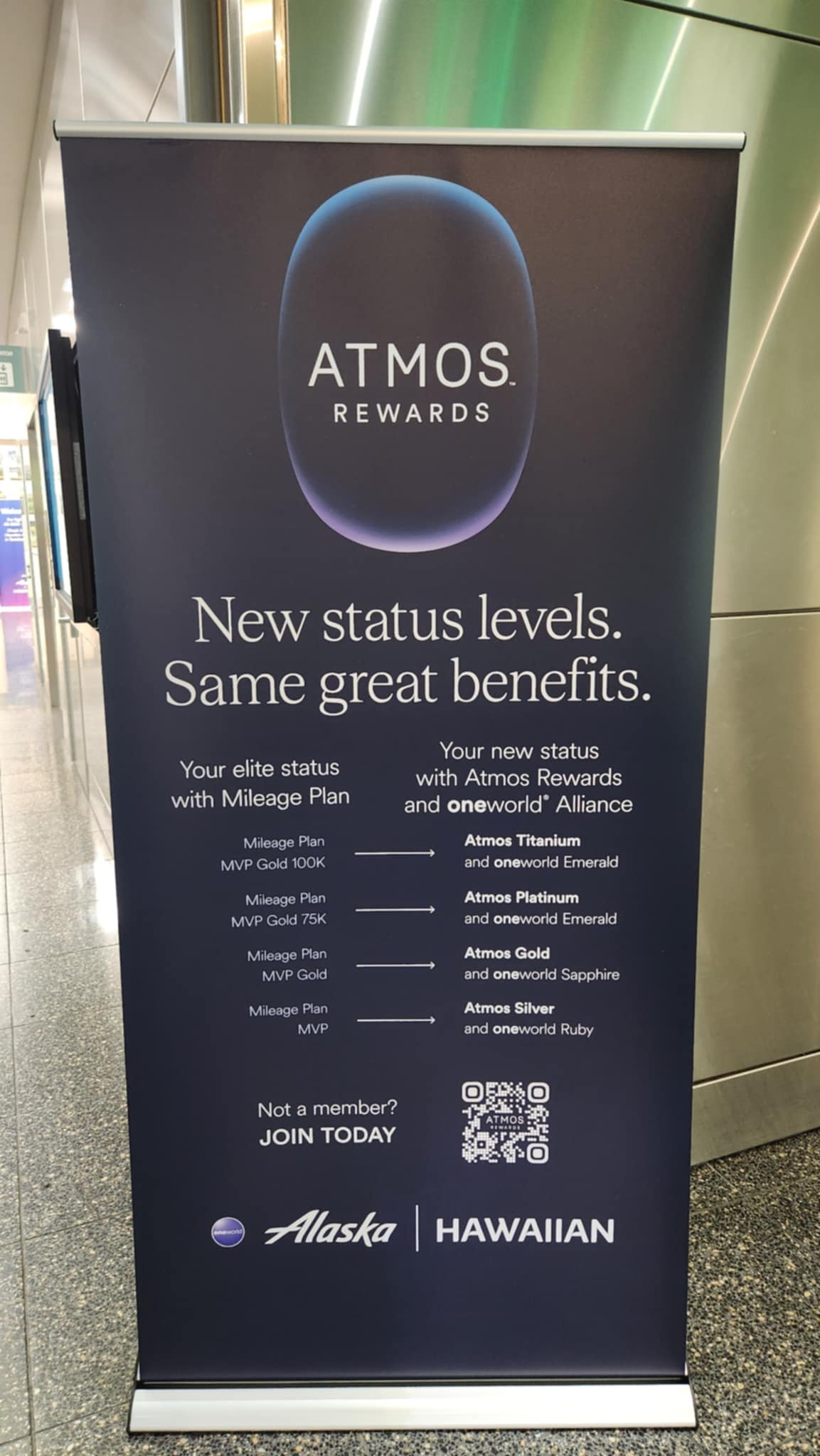
Complimentary Business Class Elite Upgrades On Long Haul
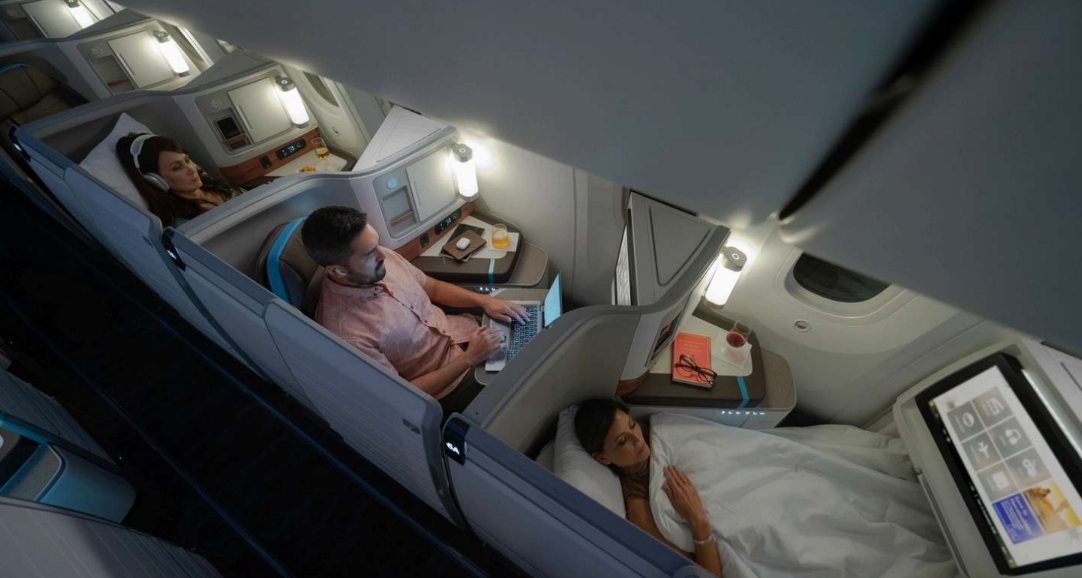
Hawaiian Airlines Boeing 787-9 Adient Ascent Suite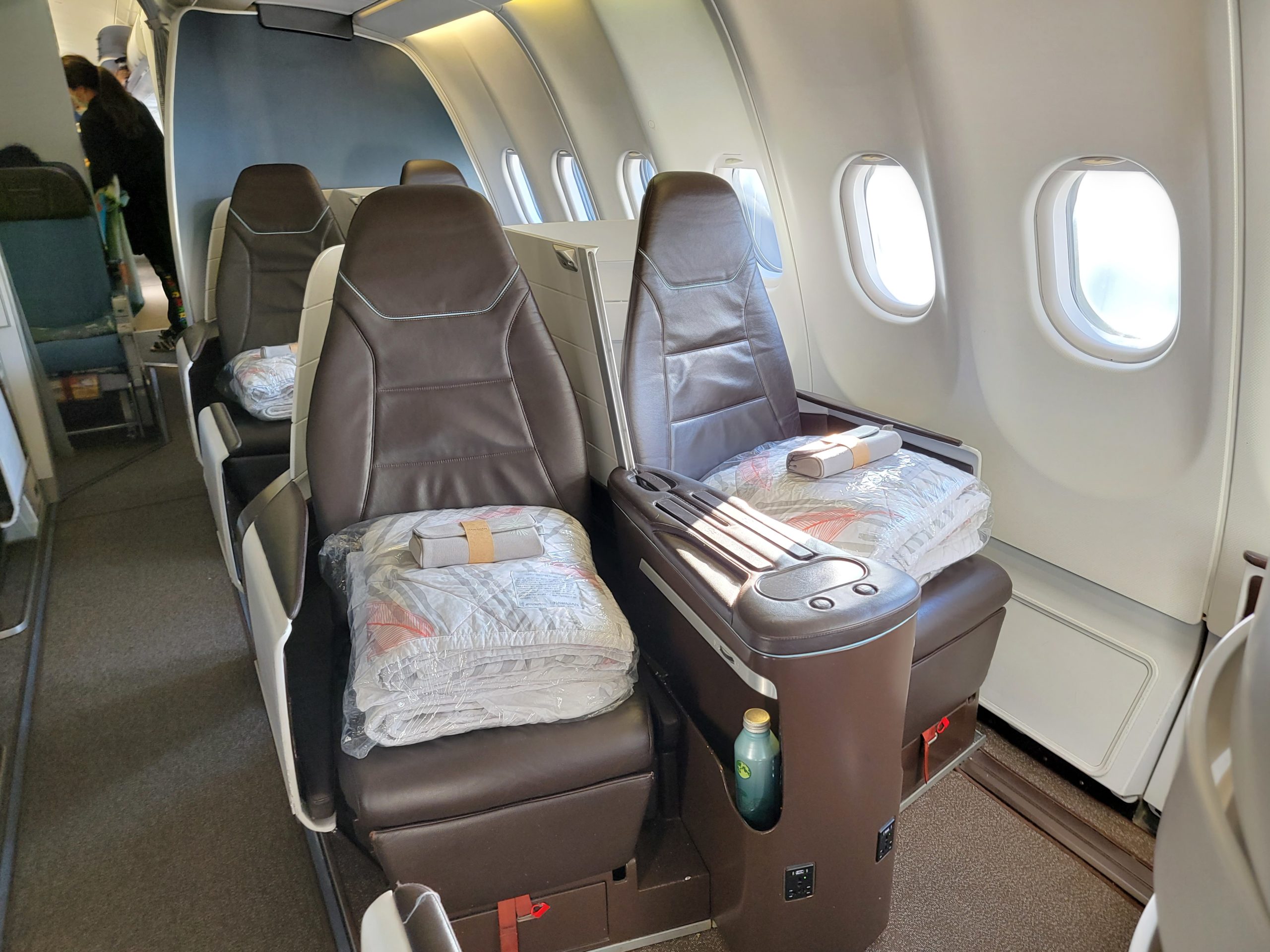
Hawaiian Airlines Airbus A330 Business ClassPoints Instead Of Miles
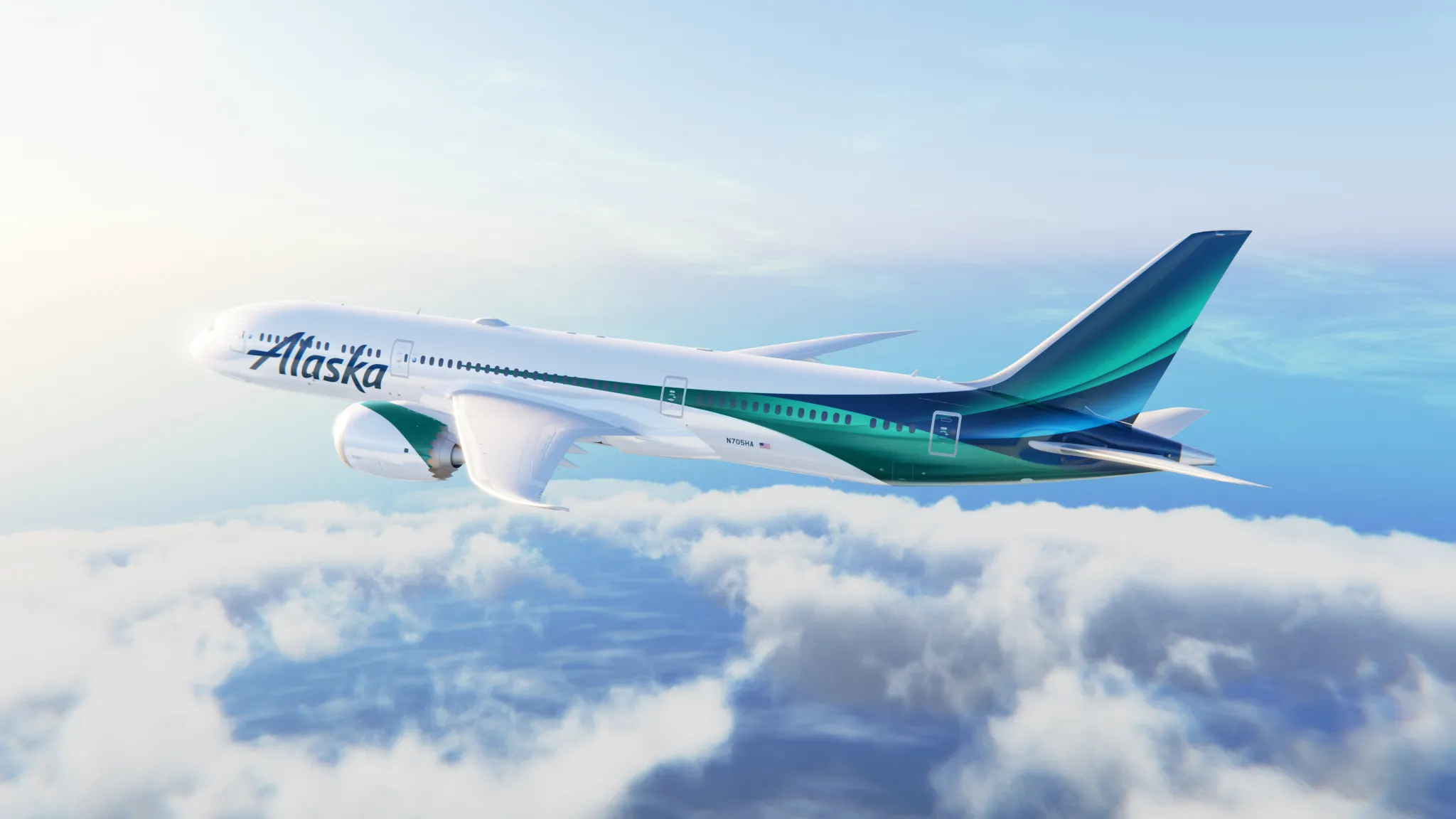
New Long Haul Livery
Catlin tells me that points makes more sense with Atmos “as the foundation for a broader ecosystem” – that if it’s more than an airline loyalty brand, then the use of miles is somewhat anachronistic. He says “air is the anchor, but there are a lot of ways to earn across travel.”
It’s not intended as a true coalition rewards program, along the lines of the old American Express Plenti (or the direction we’re seeing with Bilt Rewards). But it’s broadened out beyond the idea of miles flown to points accrued. Fair enough.
Communities
Alaska Airlines will launch ‘communities’ later in 2026, affinity groups that come with additional benefits, modeled on their existing Club 49 for residents of Alaska and the Huakaʻi by Hawaiian for Hawaii residents that they’ve introduced. They tease interest groups for “families, wellness and more.”
By offering things like bags and other tailored benefits, Catlin says they can take away the “transaction nature of loyalty.” They can make their offerings “generous, flexible, and personalized.”
For instance, ‘Families on the Go’ can provide benefits tailord to travel with kids (and make the airline the preferred choice for family travel) or “Global Locals” – expats living, for instance, in Tokyo or London – might have an easier oath to earn status with fewer chances to fly Alaska.

No Changes To Redemption
There’s really not a lot of change, beyond the program name and elite tiers. We knew that Alaska and Hawaiian programs were combining, and they didn’t want to appear to be subsuming Hawaiian. So there’s a new name.
Alaska miles no longer expire, which makes sense. They didn’t want to introduce expiring miles to Hawaiian, and it was also part of their agreement with the government when the merger was approved.
There’s complimentary international upgrades coming, and a choice of how to earn miles. There’s also the long-awaited premium credit card, which I’m covering in a follow up post in a few minutes.
Nothing changes to the redemption side of the program. I did ask Alaska’s Catlin, though, about partner award availability.
There are really two issues as I see them:
- Increasingly, airlines are reserving award space for their own members. British Airways and Qatar limit access to some premium cabin awards to members spending Avios points. Qantas offers their own members access to more space as well. So does Cathay Pacific. Together that’s quite a bit of oneworld.
- But there’s not even parity with the award space that’s left. For instance you may be able to redeem American AAdvantage miles for Cathay Pacific or Japan Airlines seats that Alaska doesn’t offer.
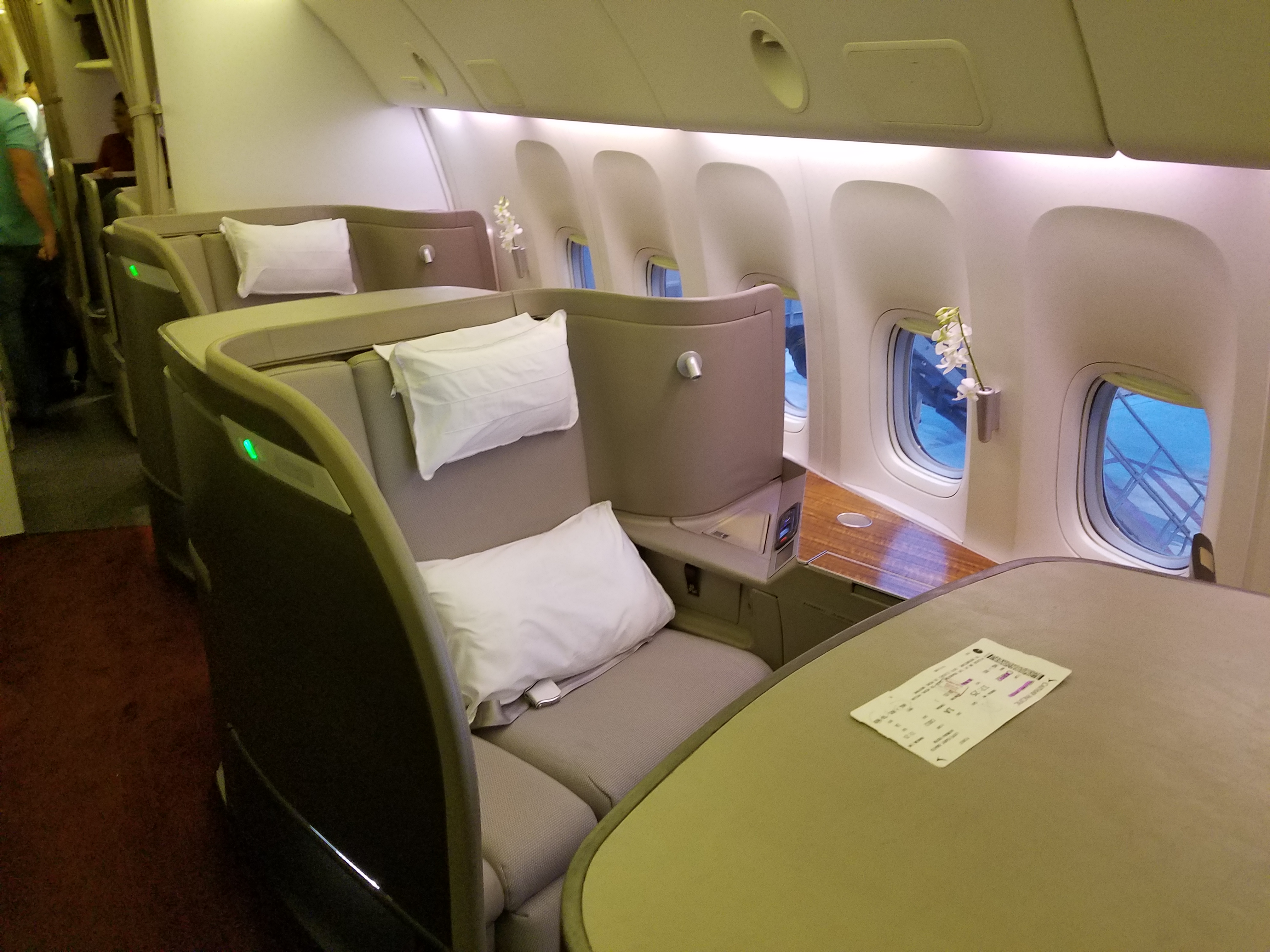
Cathay Pacific First Class

Cathay Pacific First Class
Catlin had some important answers to this. First, there’s nothing contractual which gives them access to less award inventory than other partner airlines like American. Alaska isn’t paying partners less for awards and therefore only getting a subset of space.
Instead, he suggested that technology is a bigger issue with the “abiity to see and ticket the same inventory” nothing that connections between two arilines using Amadeus provides “much cleaner visibility into inventory” and that Sabre-Amadeus is harder. And they’re focused on solving for this.
He also noted that their “goal is to say yes” to award availability “at some price.” So they have access to higher fare classes, at higher price points, on some airlines (like Condor, Fiji Airways, Qatar and Icelandair). They still have access to the saver space those airlines offer, but these higher-priced awards are offered as an add-on.


@ Gary — This program will rapidy be “enhanced”. Alaska has already made their program much less generous by jacking up award prices and adding milestones. Somehow bloggers have ignored these devaluations. Five years from now, this program will be revenue only and will have chipped away at all of these points requirements and annual credit card fees. Mark my word.
The only people who’ve engaged in “speculation over whether Alaska Airlines would move to revenue-based mileage-earning” are the misinformed and clickbait artists.
Agree with Gene
Alaska has been ripping off members on awards since the pandemic ended
They are fast becoming a Delta clone value wise
This is from a company I used to respect and trust for many years.
Off topic is this the best name for an airline program these fools can come up with?
Atmos?Might as well just call it As# wipes
@Gene — Hope not, but there’s really nothing stopping them from doing so. That’s the main problem with all these corporate pseudo-currencies (miles, points, etc.) because they are in-control, we aren’t. Take what you can get, don’t hoard points, ‘earn and burn.’
@Dwondermeant — A ‘Delta clone’ you say? Wonder what @Tim Dunn thinks of that… And if you and @Gene are right… Atmos(t)… will eventually become… At(least).
After trying to book AA points for a trip to Africa and nothing but the most ridiculous availability like DFW-SEA-SFO-DOH, but then trying to book SFO-DOH direct and getting SFO-SEA-DOH the exact same day I tried that gave me SEA-SFO, I’m pretty much done with AA. Living in DFW, forget getting an upgrade even before AA started selling it for pennies on the dollar…. I’m really debating accruing any more AA points.
Given that it’s DFW and there are always benefits to flying direct rather than connecting for paid flights, I’m considering using a One World Partner to accrue the actual flight points and sticking to Amex Platinum for booking. This new Atmos program may be the way to go. I think the only bummer is Atmost isn’t a transfer partners for the bank cards… yet. Maybe that’s something in the future?.
@Potsey Weber — Thank you for sharing this on here. I actually have experienced the same with attempting to use points to get to/from Africa over the years. Who knows, maybe Atmos will be the answer, as you suggest.
For now, back to your original quandary (on Africa flights), unlike Delta and United (who fly several destinations in West Africa and South Africa), American doesn’t fly directly to Africa (they were talking about Casablanca, but I donno how that’s going.) You’d need to focus on partner airlines, like, Qatar, British, Royal Air Maroc, (and sometimes Etihad) are gonna be your best bets with AA points and OneWorld, but often the award availability is last-minute for Business Class, which is not ideal when planning well-ahead for a safari and wanting to travel ‘in-style’ with lie-flat for such a long journey. While there are still opportunities for using your AA points for maximum value, these days, you do have to ‘hunt’ for it.
Your alternative plan to use Platinum and Amex Travel is what I’ve done many times, especially if there’s a deal through the so-called “International Airline Program For Platinum & Business Platinum Members.” Like, it doesn’t always amount to a huge savings, but it can (several hundred or even a couple thousand dollars). Of course, shop around, compare to proprietary booking platforms, etc. And yes, you can earn AA status quickly with a long-haul business class booking on QR, like, think 40-50K Loyalty Points in one roundtrip. Safe travels!
So, you can’t accept things as they are today?? You need tio be be first to say it’ll e worse in 5 years because … why exactly? So, you can walk around to an 8 year old kid, knock a drink out out of his hand and say TOLD YOU SO … it is what it is today and presumably through 2025 – what promises are there for 2026? It’s not the AA, buy a ticket and fly free FOREVER when you are alive and then declare you legally dead? That is DIFFERENT. Are you planning on being in the same health in 5 years and yell at your doc when you are not?? Do you start a meal and declare, this won’t be as good in 6 bites, mark my words. is this how you live life? Let me go online and tell people things will change … Hey you, your wife is attractive now but in 5 tears, WATCH OUT!! Nice … How about look at the facts, decide if it’s for you – if you will enjoy it WHILE IT LASTS and then if they change the terms or the flavor or the cost LATER, you decide to make a new decision? But not try and guess what the last day on Earth before the supernova … I HAD 5 MILLION MILES!!
@jbelkin — Tell us how you really feel.
It’s unfortunate they still haven’t made checked baggage policy competitive with others. No 70lb baggage either with status nor with business/first (both standard on every other major airline).